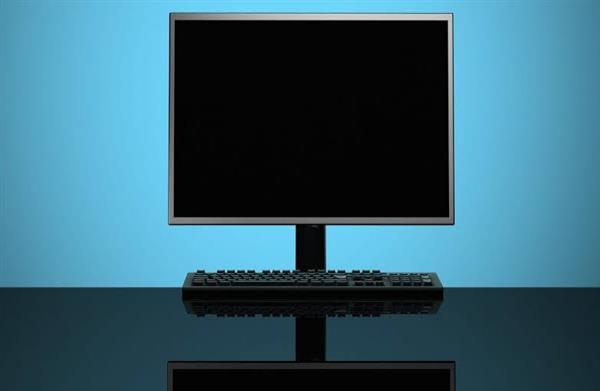Encountering a situation where a computer or device fails to power on can be concerning, as it prevents you from using the device and accessing your data. However, there are several troubleshooting steps you can take to resolve issues with a computer or device not powering on. Here are some common methods to try:

1. Check the Power Source: Ensure that the device is properly connected to a functioning power source. Check the power cable or adapter for any signs of damage, and try using a different power outlet or socket. If you're using a laptop, verify that the battery is adequately charged or try removing and reinserting the battery.
2. Verify Power Supply Unit (PSU) Connections: For desktop computers, check the connections between the power supply unit (PSU) and the internal components. Make sure the power cables are securely plugged into the motherboard, graphics card (if applicable), and other essential components. Also, check for any loose connections or disconnected cables.
3. Perform a Hard Reset: Sometimes, a hard reset can resolve power-related issues. Disconnect the device from the power source, remove the battery (if applicable), and hold down the power button for about 15-20 seconds. Then, reconnect the power source and try turning on the device again.
4. Check for Overheating: Overheating can cause a computer or device to shut down or prevent it from powering on. Check for any signs of overheating, such as a hot case or excessive fan noise. Ensure that the cooling vents are clear of dust and debris, and consider using a cooling pad or increasing airflow around the device.
5. Test the Power Button: Verify that the power button is functioning properly. Press the power button firmly and ensure that it is making a click sound. If necessary, clean the power button to remove any dirt or debris that might be interfering with its operation.
6. Reset BIOS/UEFI Settings: In some cases, incorrect BIOS/UEFI settings can prevent a computer from powering on. Resetting the BIOS/UEFI to default settings can help resolve such issues. Consult the device's documentation or manufacturer's website for instructions on how to reset the BIOS/UEFI settings.
7. Check Hardware Connections: If you recently installed new hardware or made changes to the internal components, ensure that they are properly connected. Double-check the connections of the RAM modules, hard drive, graphics card, and other components.
8. Remove External Devices: Disconnect all unnecessary external devices, such as USB drives, printers, and peripherals. Faulty or incompatible external devices can sometimes prevent a computer or device from powering on.
9. Seek Professional Assistance: If the above steps do not resolve the issue, it might be a more complex hardware problem. In such cases, it is advisable to seek professional assistance from a qualified technician or contact the manufacturer's support team for further guidance.
It's important to note that troubleshooting power-related issues can involve dealing with electricity and sensitive internal components. If you're uncertain or uncomfortable performing any of the steps, it's best to seek professional help to avoid further damage to the device or potential harm to yourself.